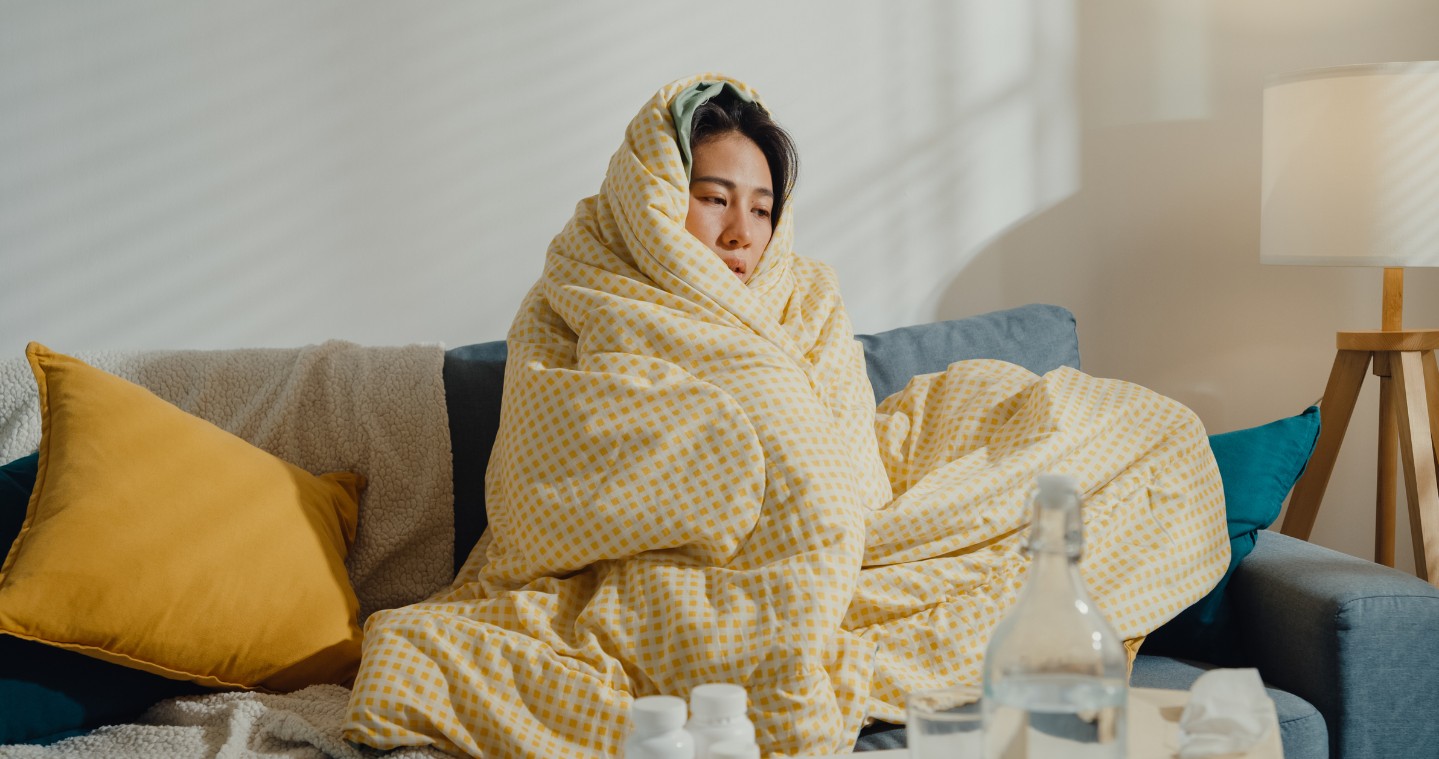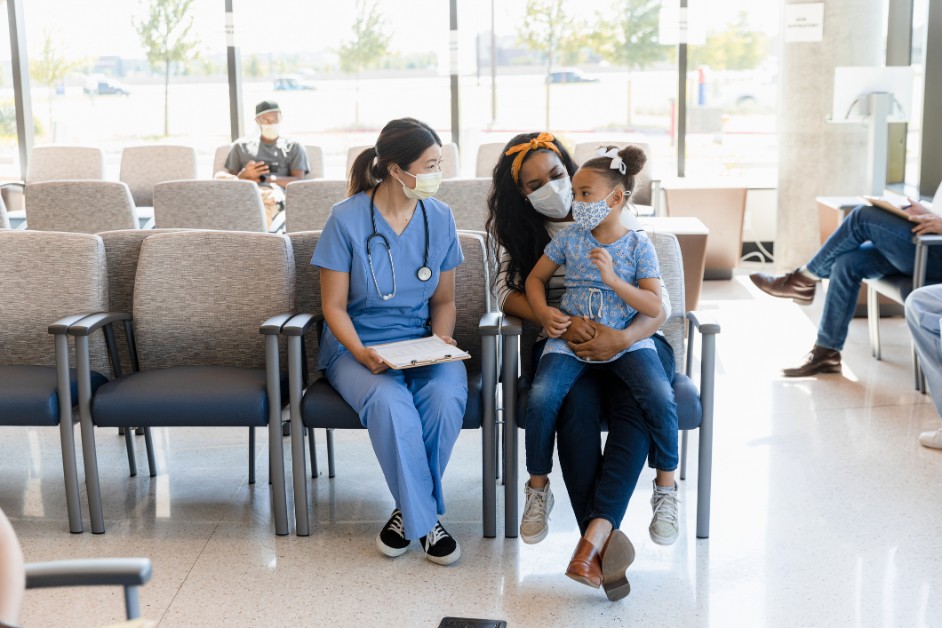Urgent Care vs. Virtual Quick Care vs. ER: A Guide to Getting the Right Care, Right Now
DEC 22, 2025Choosing correctly can save you time, money, and ensure you get the most appropriate and timely treatment.
Read More
We all experience our fair share of colds and coughs, and this is especially true for families of young children. Walking pneumonia might not be on your radar, but it should be.
Discharge data from US emergency rooms have shown an increase in walking pneumonia among all age groups this year. The increase was highest among children ages 2 to 4, and prompted an alert from the Centers for Disease Control.
Walking pneumonia, also known as atypical pneumonia, is a milder form of pneumonia that’s caused by a different bacteria (most often Mycoplasma pneumoniae). Walking pneumonia is a respiratory infection that affects the lungs.
Individuals with walking pneumonia can usually continue their normal activities of daily living (school, work, etc.), unlike more severe forms of pneumonia. Hence, how it got the nickname “walking” pneumonia.
Despite symptoms being milder than traditional pneumonia, it’s still a condition that requires attention and proper management to prevent complications. Serious complications like new or worsening asthma, severe pneumonia and encephalitis are not common but can require hospitalization.
During the pandemic, cases of walking pneumonia were low because it simply wasn’t being spread as widely while people were wearing masks and keeping their distance from others. That also means many people weren’t exposed to the bacteria, causing a decrease in immunity for people.
In 2023, walking pneumonia cases began to reemerge globally. From April through October 2024, an increase occurred in all age groups across the U.S., peaking in August and remaining high.
Prolonged outbreaks of walking pneumonia can occur in crowded places such as schools and nursing homes due to the long incubation period (1-4 weeks), which means people carrying the bacteria M. pneumoniae are contagious and unknowingly spreading the infection to others.
Don’t panic. While walking pneumonia requires medical attention, it’s usually treatable with antibiotics. Be sure to see your primary care provider for diagnosis, which is done with a nasal swab and a chest x-ray. Delaying treatment can lead to complications, especially in people with weakened immune systems.
Keep in mind, people can spread the virus before they have symptoms and for weeks after being diagnosed and treated. Simple steps can help prevent the spread.
My take-home message is to not underestimate that persistent cough – it could be more than just a cold. Schedule an appointment with your doctor or walk-in to a CHI Health Priority Care location if you're unsure. We are here to help.

Choosing correctly can save you time, money, and ensure you get the most appropriate and timely treatment.
Read More
MS is not rare. It’s estimated that nearly 1 million people in the United States and 2.8 million worldwide live with MS.
Read More
COPD is a group of progressive lung diseases that block airflow and make it difficult to breathe.
Read MoreWhen you need local health information from a trusted source, turn to the CHI Health Better You eNewsletter.